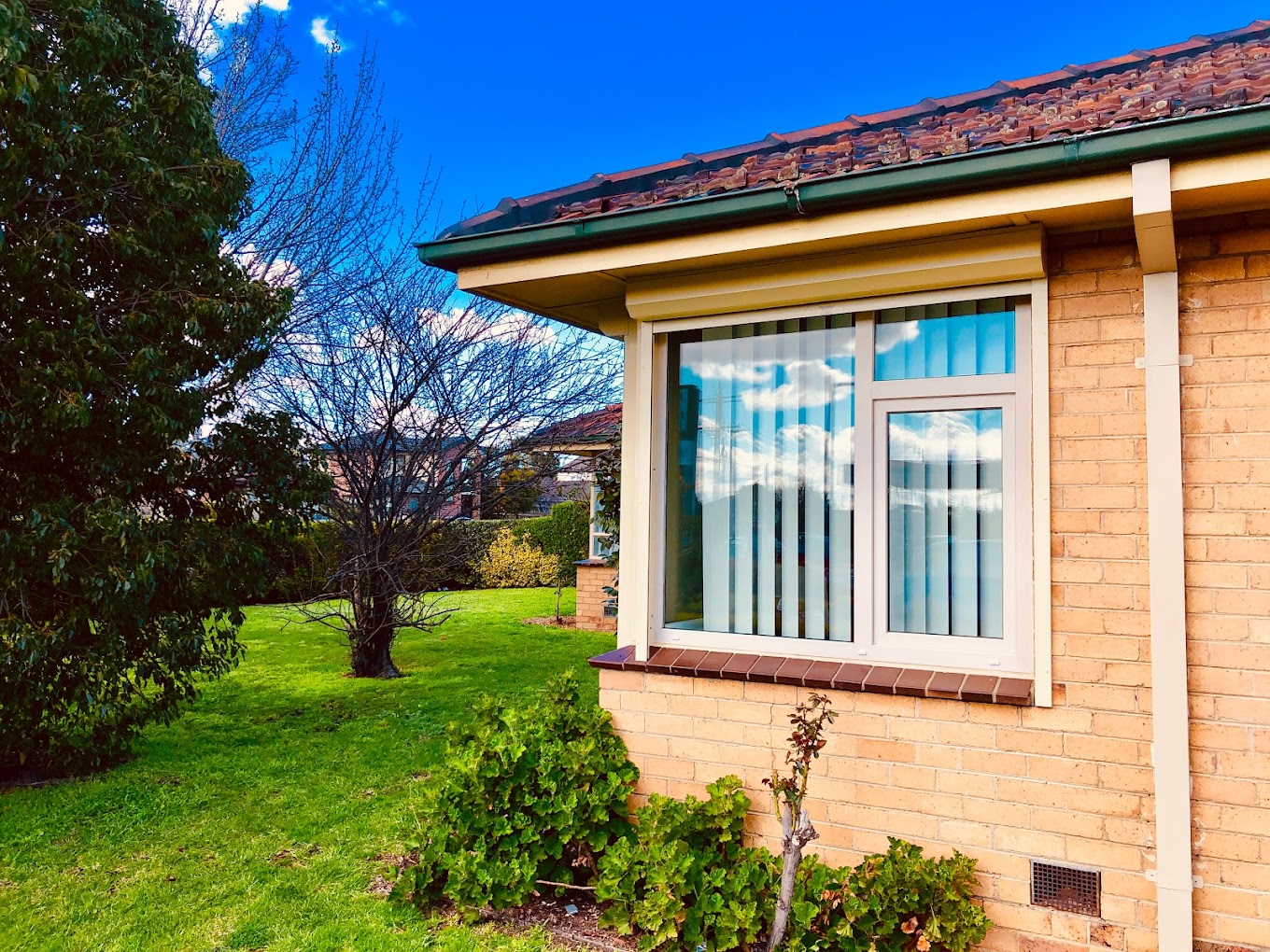All Categories
Featured
Table of Contents
Glazing And Glass Options - Smarter Homes in Spearwood Western Australia
Laminated glass is typically utilized in locations in the home most vulnerable to injury from human effect such as restrooms, doors, around staircases and in locations near the flooring (it meets the requirements of 'security glass' that is mandated for usage in these locations by Australian Standard AS 1288 Glass in structures).
Toughened glass has been 'tempered' by being reheated and quickly cooled again. This process makes it much more powerful than standard glass it can withstand greater impact loads prior to breaking. It likewise makes it safer because, when it does shatter, it breaks into lots of small cubic pieces instead of unsafe shards.
Why Should You Have Double-glazed Windows This Summer? in Darlington Western Australia
Nevertheless, toughened glass has no thermal or acoustic benefits over other glass of the same toning or density. Secondary glazing is where single-glazed windows are retrofitted with a transparent acrylic or glass sheet connected to the within of the frame or openable sash with a secondary frame or with magnetic strips.


Secondary glazing will not perform also thermally as a manufactured IGU, since it is impossible to completely seal the boundary, but it can offer good sound control. Window movies are a thin polymer movie including an absorbing dye or reflective metal layer, with an adhesive support. They adhere to your glazing to change its colour or make it reflective.
Why Install Stunning Double Glazing Windows During Summer? in Gooseberry Hill WA
Applied to existing glass, some window films can cut in half the total SHGC of the window by soaking up and/or reflecting solar radiation. This can be particularly helpful in hotter environments where cooling is the primary concern, or on east and west elevations directly exposed to long durations of sunshine. Nevertheless, window movies may also lower visible light transmittance.
For this reason, it is generally best to utilize an accredited installer of window film. Frames have a considerable influence on the thermal performance of windows and doors, due to the fact that energy can be gotten and lost through the frame, in addition to through the glass. Various kinds of frame will allow different levels of heat gain and loss, so mindful option of frame is very important for efficient passive style.
Double Glazing in Coolbinia Western Australia
However, aluminium is likewise an excellent conductor of heat and will decrease the insulating value of a glazing unit, unless particularly engineered to lower this. A 'thermally broken' frame is comprised of 2 aluminium areas connected by a structural insulator (normally a low-conductivity structural polymer). This 'breaks' the thermal connection through the aluminium and reduces the heat flowing through the frame.
Lumber frames are a good natural insulator that can fit some house styles. Timber frames ought to be made from species that have naturally high toughness or be treated to avoid decay and deformation.
What Are The Benefits Of Double Glazed Windows? in Inglewood Perth
(weather removing) is set up.
u, PVC windows and doors have exceptional thermal efficiency Picture: Ben Wrigley (Light House Architecture and Science) Composite frames use aluminium profiles on the external areas with either a lumber or u, PVC inner section. These integrate the low maintenance and toughness of aluminium with much improved thermal efficiency.
Table of Contents
Latest Posts
How Are Double Glazed Windows More Energy Efficient? in Helena Valley Perth
Why Should You Have Double-glazed Windows This Summer? in Secret Harbour WA
Double Glazed Windows Brisbane in Mosman Park Western Australia
More
Latest Posts
How Are Double Glazed Windows More Energy Efficient? in Helena Valley Perth
Why Should You Have Double-glazed Windows This Summer? in Secret Harbour WA
Double Glazed Windows Brisbane in Mosman Park Western Australia